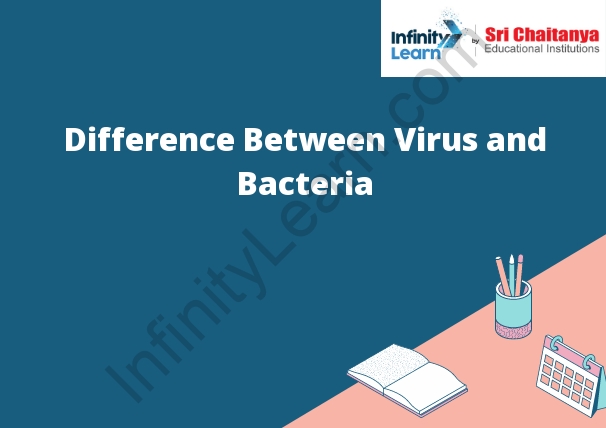Table of Contents
An Introduction to the Theory of Knowledge
The theory of knowledge, also known as epistemology, is the philosophical study of the nature, origins, and limitations of knowledge. It asks questions such as: What is knowledge? How do we know what we know? What are the limits of knowledge?
The theory of knowledge is important because it helps us to understand how we come to know what we know and how we can be confident in that knowledge. It also helps us to identify and assess different types of knowledge.

Virus versus Bacteria
Viruses are smaller and simpler than bacteria. They are also much less complex than cells, and cannot survive or reproduce on their own. Viruses must invade cells in order to reproduce.
Bacteria are single-celled organisms that are much more complex than viruses. They can survive and reproduce on their own, and are a common cause of infection.
What is Bacteria?
Bacteria are single-celled organisms that exist everywhere in nature. They are very small and can only be seen with a microscope. Bacteria are very important in the environment, and are responsible for breaking down dead plants and animals, and recycling nutrients back into the soil. Some bacteria can cause disease in plants and animals, while others are used to produce antibiotics and other medicines.
Structure of Bacteria
Bacteria are single celled, prokaryotic organisms. They are typically about 1 micrometer in diameter and have a simple, rod-like shape. The cells are surrounded by a cell wall and a plasma membrane. The cell wall is made of peptidoglycan, a tough, mesh-like molecule made of sugar and protein. The plasma membrane is a thin, elastic layer that surrounds the cell and controls the movement of molecules in and out of the cell.
Bacteria have a small, round, DNA-containing nucleus located near the center of the cell. They also have a number of smaller, rod-shaped organelles, including ribosomes, mitochondria, and Golgi bodies. Bacteria do not have chloroplasts and cannot produce their own food.
Bacteria reproduce asexually by binary fission. In binary fission, the bacteria duplicate their DNA and then divide in half. The new cells are genetically identical to the parent cell.
Classification of Bacteria
Bacteria can be classified by their shape, their Gram stain reaction, their metabolism, and their place of origin.
The shapes of bacteria include rods, spheres, and curved rods. Bacteria can be Gram-positive or Gram-negative, meaning that they can either retain the purple dye used in the Gram stain test or not, respectively. Bacteria can be heterotrophic or autotrophic, meaning that they either need to consume other organic molecules to survive or they can produce their own organic molecules, respectively. Finally, bacteria can be either aquatic or terrestrial, meaning that they live in water or on land, respectively.
Infection Caused Bacteria EColi
Ecoli is a type of bacteria that is commonly found in the intestines of humans and animals. While most strains of E. coli are harmless, some can cause serious illness. Ecoli infection is most commonly caused by eating food or drinking water that is contaminated with the bacteria. Symptoms of Ecoli infection include diarrhea, vomiting, and abdominal cramps. In severe cases, E. coli infection can lead to kidney failure, stroke, or even death.
What is Virus?
A virus is a small infectious agent that replicates inside cells and causes disease. Viruses are not technically alive, but are classified as microorganisms. There are many different types of viruses, which can cause a variety of diseases in humans, animals, and plants. Some of the most common viral diseases include the common cold, the flu, measles, and chickenpox.
Structure of Virus
A virus is a small, non-living particle that can only reproduce inside a living cell. The virus has a protein coat, or capsid, that protects its genetic material. The genetic material is either DNA or RNA. The virus uses the host cell’s machinery to produce more virus particles.
Classification of Virus
Viruses are classified by their structure, genome, and mode of replication.
- Structural classification is based on the shape of the virus.
- Genome classification is based on the type of nucleic acid the virus uses to replicate.
- Mode of replication is based on how the virus reproduces.
Infection Caused by Virus
Infection caused by virus is called viral infection. It is a very common type of infection. It can be caused by different types of viruses, such as, respiratory viruses, such as, the common cold and flu, or herpes viruses, such as, the herpes simplex virus. Viral infections can cause a wide range of symptoms, depending on the type of virus involved. Some viral infections, such as the common cold, are mild and cause only a few symptoms. Other viral infections, such as the herpes simplex virus, can be more serious and can cause a range of symptoms, including fever, headache, and muscle aches.









